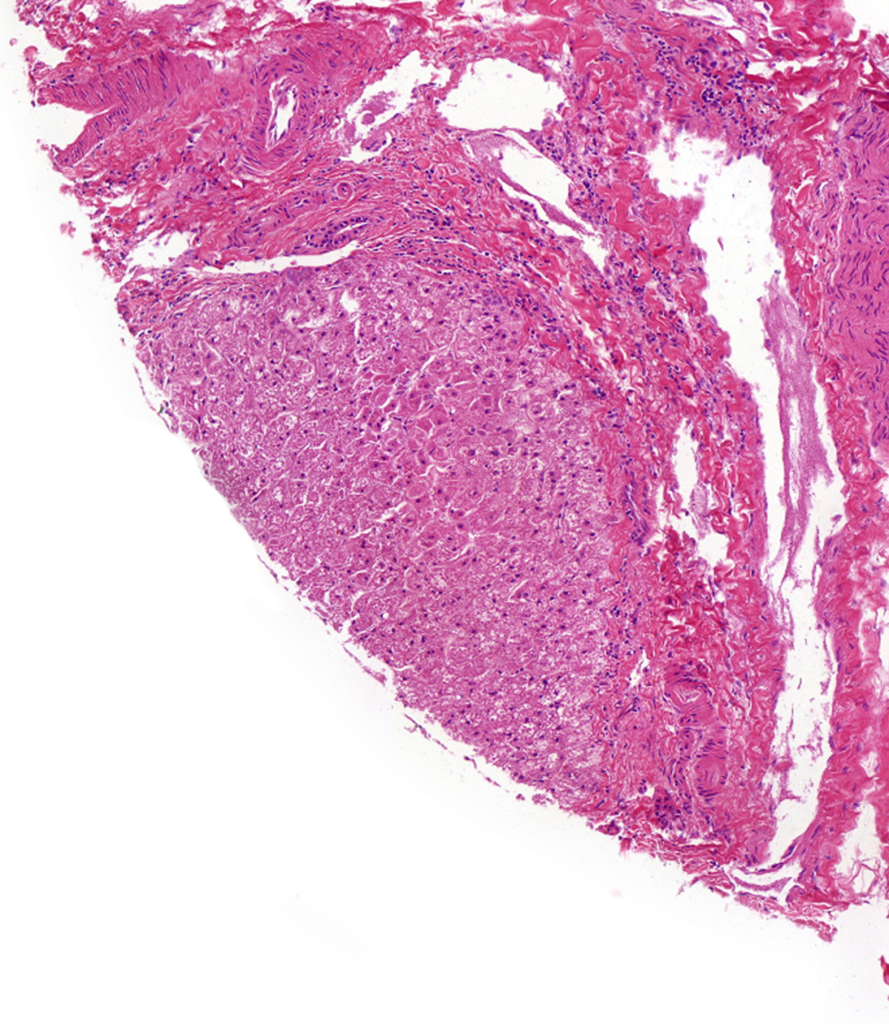
Contract Services
The efflux transporter-expressing vesicle is a useful tool to evaluate if a drug is a substrate or inhibitor of an efflux transporter.
Inside-out membrane vesicles are prepared from insect cells transiently transfected with a single efflux transporter or from mammalian cells chemically selected for the expression of a transporter. Because the vesicles are in an inside-out orientation, the efflux transporter pumps substrates into the vesicles. This test system is particularly useful for evaluating compounds that may have poor permeability across cell membranes.


Transporter-Expressing Vesicles in Efflux Transporter Studies
To determine if a compound is an inhibitor of an efflux transporter, the effect on the accumulation of a probe substrate is measured. Because the transport is ATP-dependent, AMP (adenosine monophosphate, the organic component of adenosine triphosphate) samples serve as a control. The accumulation of test compounds in transporter expressing vesicles and control vesicles can be measured to determine if the compound is a substrate of the transporter. The inhibition assay is a quick, reproducible method to determine if a compound is an inhibitor of a particular transporter. The vesicle inhibition assay is noted by the International Transporter Consortium (ITC) as being an acceptable alternative to bi-directional transporter on monolayers in certain circumstances.
Substrate Potential
Comparison of the uptake activity in the transport-expressing vesicles with that of the control vesicle is used to calculate if the candidate is a substrate of the efflux transporter. Km and Vmax are calculated from the relationship between substrate concentration and uptake activity.
Transporter Inhibition Potential
The inhibitory effect [link to In Vitro ADME/DMPK/DDI Studies > Drug Transporters >Inhibition Potential] of the drug candidate is evaluated by measuring the uptake of the probe substrate in the presence of multiple test compound concentrations. These data can then be used to calculate an IC50 value (concentration causing 50% inhibition of transporter-mediated transport).
Drug Transport Related Resources
For more information to guide your decision making on timing and individual transporters to assess, access our Drug Transporters Decision Tree, a poster comparing of regulatory expectations between FDA, EMA, and PMDA or our collection of transporter-related scientific content. Additional features of our drug transport study design and a chart of known clinically relevant transporter DDIs can be found on our Drug Transport Services page.